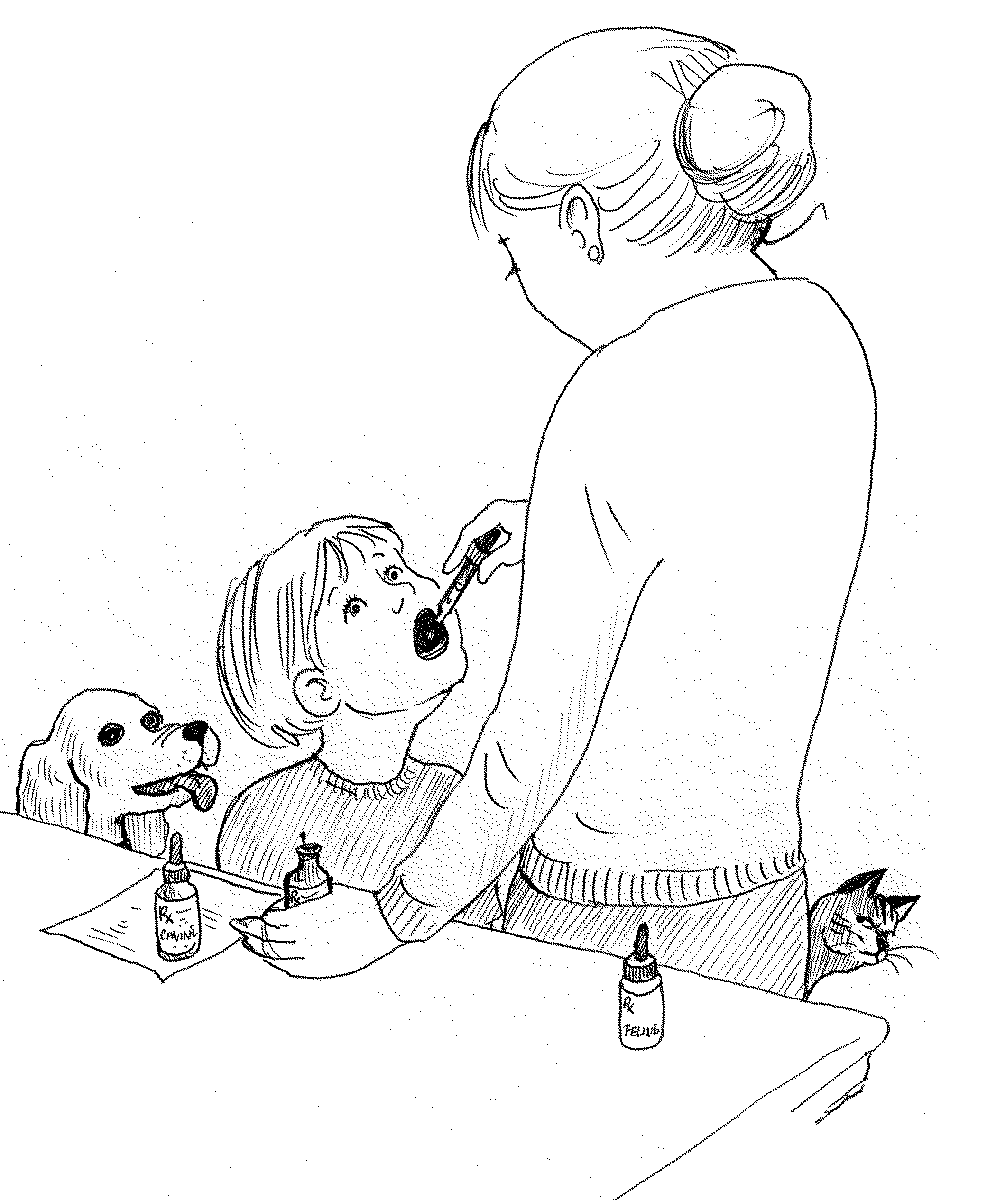STRANGE BUT TRUE- Night trippers: Did witches turn on?
Published November 3, 2005 in issue 0444 of the Hook
BY BILL SONES AND RICH SONES, PH.D.

DRAWING BY DEBORAH DERR McCLINTOCK
Q. What did the LSD acid-trippers of the 1960s have in common with "witches" of medieval Europe? --T. Leary
A. Both may have been "flying high" on varieties of alkaloids, a large group of plant compounds including piperine in pepper, capsaicin in chili peppers, and penicillin that can affect the central nervous system and are at times highly toxic, say Penny Le Couteur and Jay Burreson in Napoleon's Buttons: 17 Molecules that Changed History. Some of these naturally occurring compounds have been used as medicines for millennia and are in some modern pharmaceuticals.
But not the alkaloid-derivative lysergic acid diethylamide (LSD), the "turn on, tune in, drop out" drug of the hippie generation, tried by Swiss chemist Albert Hoffman in the 1940s and described as inducing "a stream of fantastic pictures... an intense kaleidoscope of colors."
Then on a "bad trip" he became paranoid, babbled incoherently, and felt he had left his body. Next morning, he awoke feeling grateful to be back to normal.
Centuries earlier, the "witches" of Europe probably tripped on hallucinatory alkaloids-- extracts of mandrake, belladonna, and henbane dissolved in oils, and rubbed on the body as salves, transdermal like today's nicotine patches. These "flying ointments" brought on sensations of falling, leaving one's body, euphoria, or hysteria, and finally a deep comalike sleep.
Life for women at the time was hard, with endless work and poverty, and little control over their destiny, say Le Couteur and Burreson. So riding the night skies to a gathering where fantasies were played out, then waking up in one's own bed must have been a welcome escape.
"Unfortunately, this often proved fatal, as many thousands of women who confessed to witchcraft were put to death."
Q. At a bar, some wiseacre challenges you to remember in order all the cards of a shuffled deck, citing Dominic O'Brien, who memorized 40 mixed decks on a single sighting, with only one mistake! "My memory's not that good," you admit. "Then how about your logic: If this here deck stands 1.3 centimeters high, how high will it be with all the kings removed? Here's a ruler to help you measure up. A pitcher of beer says you can't get this within a minute." --T. A. Kreskin
A. Time's a-ticking, but so is your cerebrum: You know the ruler's a ruse, figuring fast that with four cards removed out of 52, the deck would be 1/13th less, or 0.1 cm out of 1.3 cm, yielding 1.2 cm, says Clifford A. Pickover in Wonders of Numbers. Bring on the brew!
Q. Why are spices used so much more heavily in traditional dishes of countries like India, Thailand, Vietnam, Kenya, and the Philippines compared with those of Finland, Sweden, Norway or Poland? --S. Chinnaswamy
A. It is no accident that the greatest use is in the hottest countries, averaging 10 spices per meat dish in India vs. two in Finland, for example, say Cornell behavioral ecologist Paul W. Sherman and Samuel M. Flaxman in American Scientist. Before widespread availability of refrigeration and commercial food preservatives, spices were the way people protected themselves from food-borne illnesses and food poisoning, especially in meat dishes. This is because spices contain powerful antimicrobial chemicals-- what gives each its unique aroma and flavor-- killing 75-100 percent of food-borne microorganisms, experiments showed. Since meats spoil faster in hotter climates, it makes sense that here spices became the "hottest" commodities.
Send Strange questions to brothers Bill and Rich at .
#
|